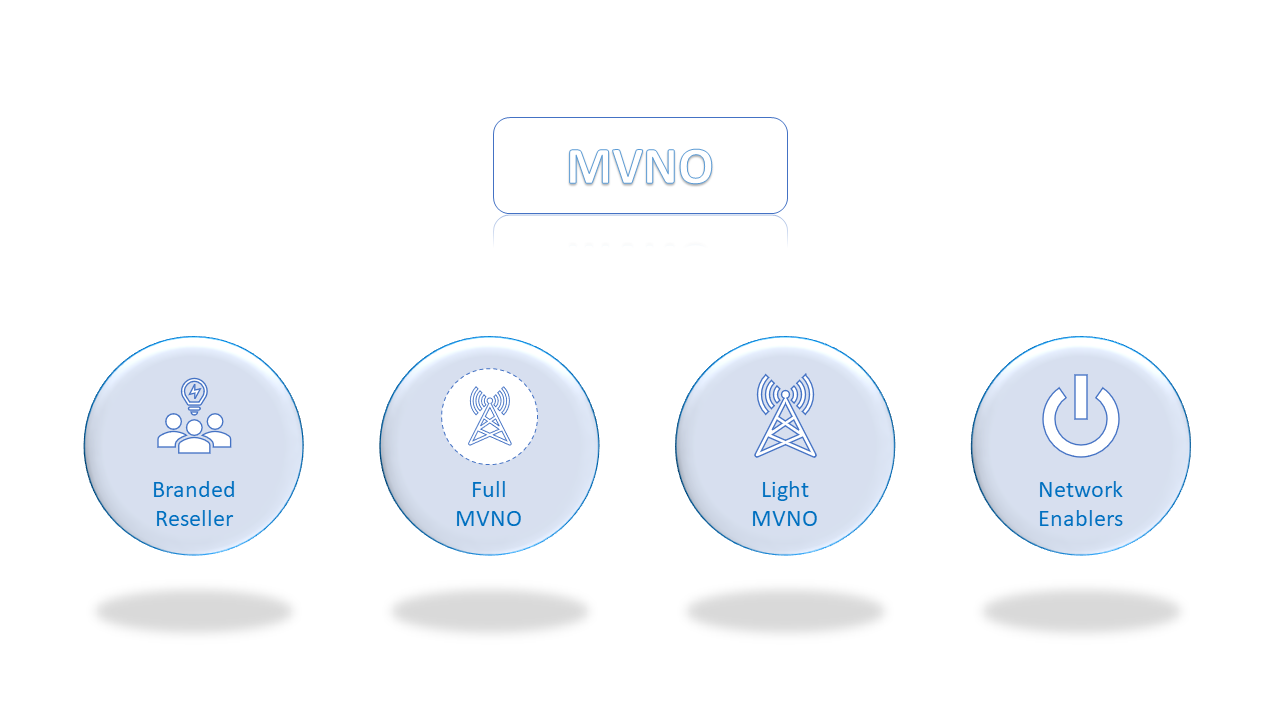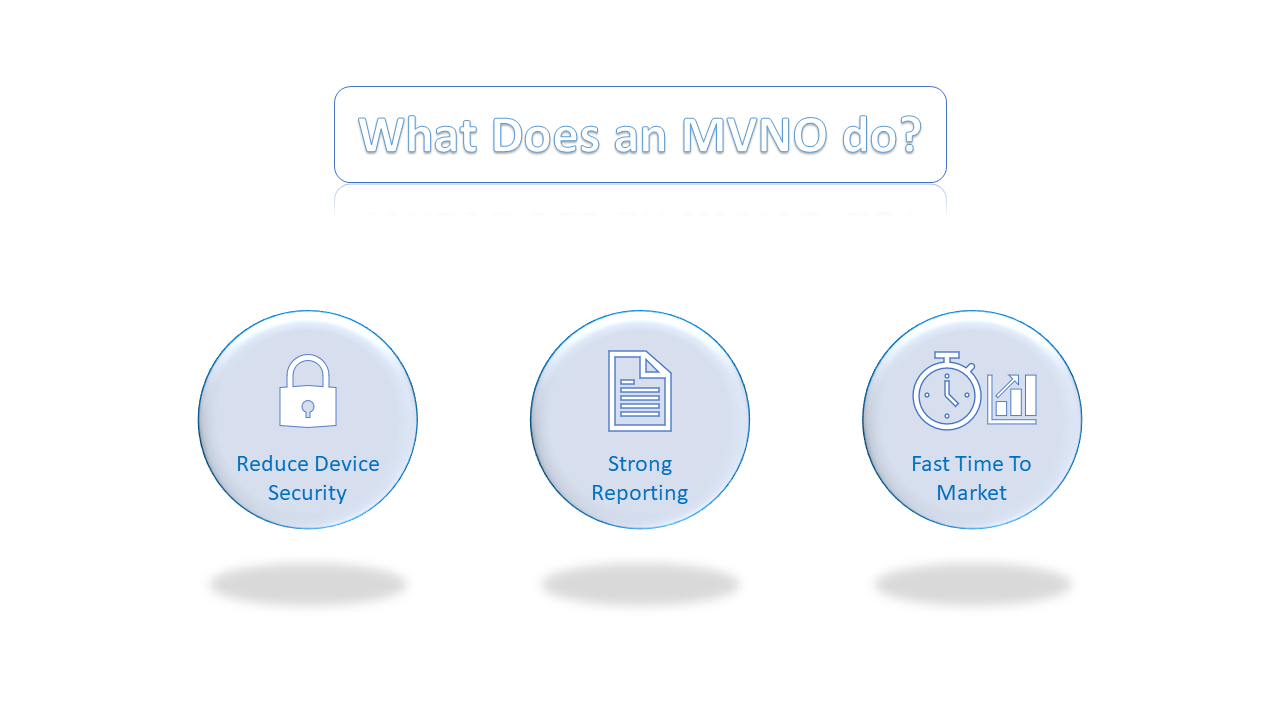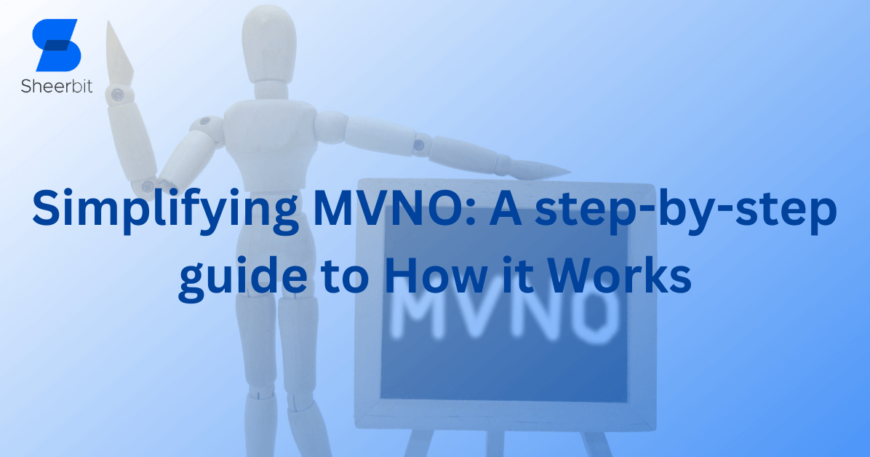Mobile devices are already an essential part of today’s connected society. They enable us to stay linked to the digital world, which allows us to work, communicate, and stay informed wherever we are. Mobile Virtual Network Operators (MVNOs) are at the center of the intricate infrastructure that runs the show behind this pervasive technology and allows our phones to connect to the outside world. In this post, we’ll dig into the intriguing realm of Mobile Virtual Network Operators and examine how they operate.
What is an MVNO?

A wireless communications service provider known as “MVNO,” or “Mobile Virtual Network Operator,” does not control the wireless infrastructure it provides services. Instead, Mobile Network Operators (MNOs), the organizations that own and manage the actual wireless networks, grant MVNOs access to network equipment via a leasing agreement. Then, under their brands and frequently at affordable prices, MVNOs offer mobile services to clients.
MVNOs work within the guidelines set out by MNOs, utilizing their current infrastructure to provide clients with phone, data, and messaging services. However, the ability to promote and customize their services gives MVNOs the freedom to target particular client categories and set themselves apart from the competitors.
How MVNOs Work
Leasing Network Infrastructure
Leasing network infrastructure from MNOs is the primary tenet of MVNOs. Cell towers, data centers, and backhaul links are just a few of the wireless networks that MNOs have substantially invested in constructing and maintaining. These networks send and receive Voice and data signals from mobile devices.
To access these networks, MVNOs bargain with MNOs. The terms of usage, such as pricing, network capacity, and technical requirements, are specified in these agreements. Depending on their business strategy and target market, MVNOs can either lease a piece of the MNO’s network or acquire access to the complete infrastructure.
Branding and Marketing
Creating brand identities and marketing plans happens once MVNOs access network infrastructure. MVNOs can range in size from well-known, established businesses to young ones with creative concepts. Their capacity to do so significantly impacts their success and differentiates them from MNOs and other MVNOs.
MVNOs frequently target particular consumer categories or specialized marketplaces. For instance, some MVNOs offer inexpensive prepaid plans to clients on a tight budget, while others offer premium services to high-end users. Customers are attracted to and kept by MVNOs primarily because of their branding and marketing initiatives.
Service Customization
MVNOs have the freedom to alter their services to suit their clientele’s particular requirements. Various services, such as phone calls, text messages, mobile data, and even specialized ones like IoT connection, are available for them to pick from.
Additionally, MVNOs can control pricing, design their plans and bundles, and combine services with other products like streaming subscriptions or cell phones. Because of this personalization, they can effectively compete in the market and meet the unique needs of their target market.
Subscriber Management
Managing an MVNO’s subscriber base involves bringing new clients, offering customer service, and paying. To give their users a smooth experience, they invest in customer relationship management (CRM) systems and support infrastructure.
Customers effectively become subscribers of the MVNO rather than the underlying MNO when they sign up for an MVNO’s services. This indicates that Mobile Virtual Network Operators take care of invoicing, account management, and customer support issues on behalf of their clients.
Network Operations
Even though Mobile Virtual Network Operators rent network infrastructure from MNOs, they oversee network operations per their contracts. This entails managing any technical difficulties, streamlining network performance, and assuring quality of service.
MVNOs frequently employ network management teams that monitor traffic, examine data consumption patterns, and make modifications to provide a dependable and effective service to their clients. In accordance with their contracts with MNOs and the preferences of their target market regarding technology, they also have the freedom to decide whether to provide 3G, 4G, or 5G services.

Benefits of MVNOs
MVNOs benefit customers and the whole telecoms sector in several ways:
Increased Competition:
With the introduction of Mobile Virtual Network Operators, the market becomes more competitive, which may result in consumers receiving reduced costs, higher-quality services, and more cutting-edge products.
Market Segmentation:
MVNOs can offer specialized services targeted at particular market groups, giving consumers a range of requirements and preferences alternatives.
Cost-Effective Expansion:
Leasing network capacity to MVNOs can be a strategy for MNOs to increase their income and use their infrastructure best.
Innovation:
MVNOs’ frequent introduction of fresh, cutting-edge service models forces the industry to change and adapt to shifting customer needs.
Challenges Faced by MVNOs
MVNOs have a lot to offer, but they also have a lot of problems:
Network Quality:
The network infrastructure that Mobile Virtual Network Operators lease from MNOs determines the quality of their services. MVNOs and their clients may be impacted if the MNO has network problems.
Limited Control:
Due to their limited power to influence the network architecture, It may need to help implement improvements or modifications quickly.
Competitive Landscape:
Due to intense competition in the mobile telecommunications industry, It can be challenging to attract and keep clients.
Regulatory Environment:
It must navigate the numerous regulatory regulations and compliance standards in various areas and nations.
Conclusion
Mobile Virtual Network Operators are essential players in the telecoms ecosystem because they provide cutting-edge services and boost market competitiveness. It has become integral to the mobile business by renting network infrastructure from Mobile Network Operators, customizing their offerings, and focusing on specific consumer segments.
As customers, we profit from the services that MVNOs offer and their affordable prices. It continues to influence the landscape in the rapidly changing world of mobile technology by fostering innovation and enhancing possibilities for consumers of mobile devices worldwide.





